Rotaries, Indexers & Trunnions
Do more than 3-axis machining
4-axis and 5-axis rotary tables
The fastest way to increase the productivity of your Haas mill is to add a Haas single or dual-axis rotary product. You can reduce or totally eliminate multiple setups, and easily handle machining multi-sided parts.
With a full line of Haas rotary products, including many specialised units designed for maximum productivity, Haas continues to lead the way to higher productivity through automation.

The Haas control
All Haas rotary products are designed to integrate seamlessly with the control on your Haas mill. This means true simultaneous 4-axis or 5-axis motion, synchronized with the axes of your mill. Rotary setup is a simple plug-and-play process through the Haas Control, with on-screen instructions, and diagrams that are intuitive and easy to use. It’s possible to install a Haas rotary on other makes of mill as we also offer the Haas Servo Control. Activated by a single M-code, the Servo Control is easy to set up, and fully programmable.
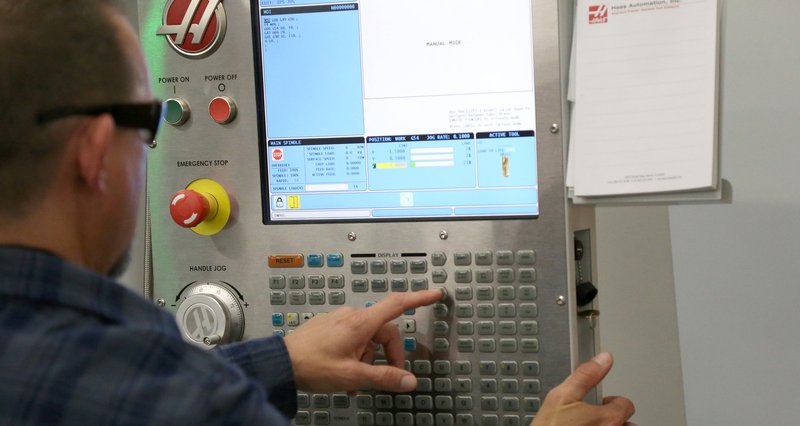
Multi-axis machining
Adding a rotary axis to your CNC mill is the fastest way to boost throughput and increase accuracy. Because Haas began as a rotary table manufacturer in the 1980s, we are able to provide the simplest and most cost-effective entry into 4-axis and 5-axis machining available.
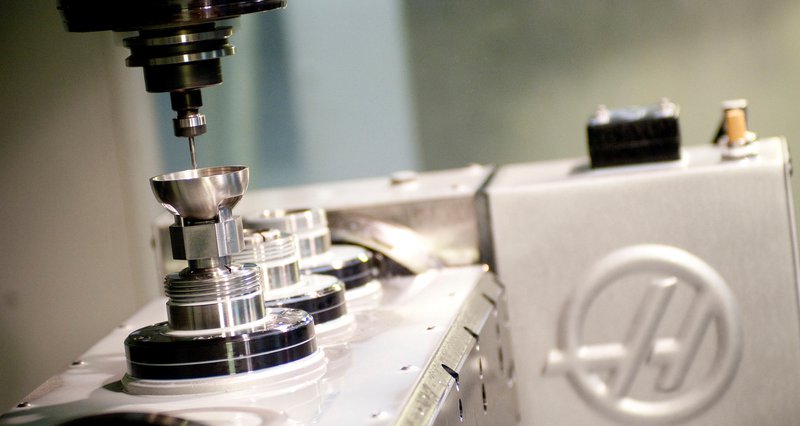
Don’t fear 5-axis
Going from 3-axis machining to 4-axis and 5-axis machining can be intimidating. This short video shows how easy it is to transition from basic 3-axis milling to full 5-axis design and production.
Add 4th-axis and 5th-axis capability to your existing Haas mill
Load up your Haas horizontal mill with powerful tools for swarf clearing, coolant management, and swarf removal.
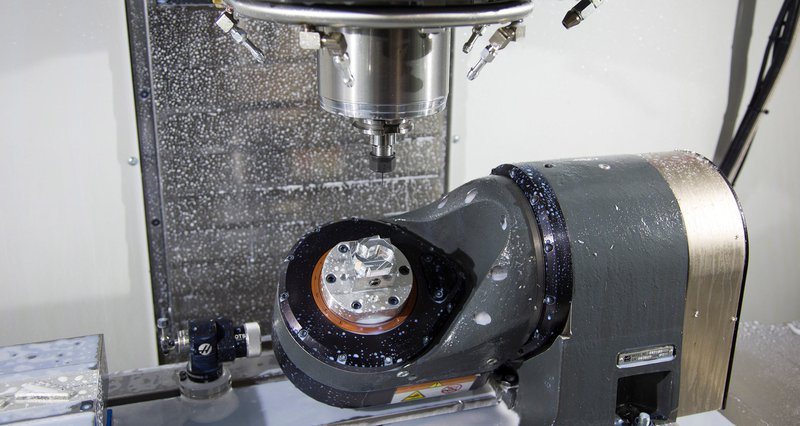
Rotary fixturing
Haas offers a wide selection workholding solutions for your 4-axis and 5-axis clamping needs, from compact air-collet closers to quick-change fixture plates to manual scroll chucks.
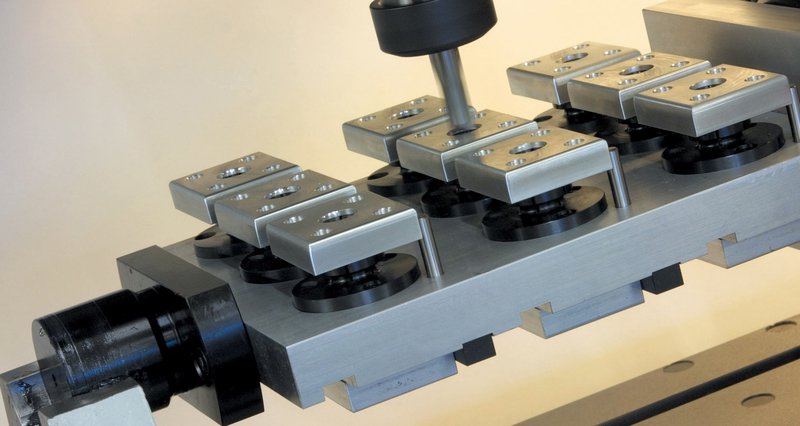
A solid, robust design
Constructed of heavy-duty materials and designed for dependable day-in, day-out operation, Haas rotary products are the benchmark by which all others are measured. We manufacture all critical components in-house at our state-of-the-art California facility. At the core of every Haas rotary table is a large-diameter, aluminium-bronze worm gear meshing with a ground alloy steel worm (hardened to 60 Rc) submerged in a synthetic oil bath.
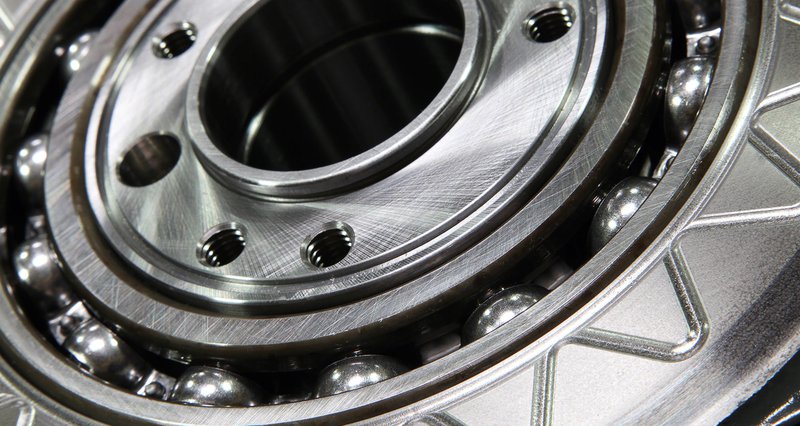
To ensure indexing accuracy, we cut the worm gear while it’s attached to the spindle, rather than assembling the finished worm gear to the spindle, as other manufacturers do. Each assembled spindle is trammed-in on a CNC gear hobber to a maximum 2-micron runout, and then the worm gear is precision cut. This guarantees the utmost concentricity between the large-diameter ball bearings and the worm gear, ensuring many years of smooth, extremely accurate, and bind-free operation.




